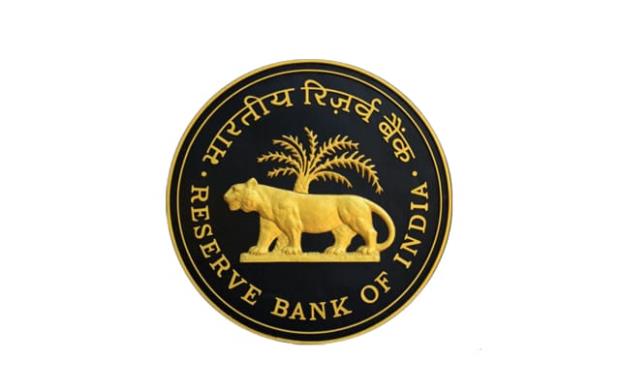The Reserve Bank of India (RBI) has lifted the repo rate by 4% to 4.40% in response to rising inflation. That is to say, your EMI and loan would be costly. On the 2nd and 3rd of May, the Monetary Policy Committee held an emergency meeting at which this decision was made. In a news conference on Wednesday, RBI Governor Shaktikanta Das revealed this information. Every two months, the Monetary Policy Committee meets. Last month, on the 6th and 8th of April, the first meeting of the current fiscal year was held. The next meeting was set for June.
When a rate hike appeared to be a foregone conclusion, the RBI surprised everyone by keeping key rates steady in its bi-monthly monetary policy review on April 8, 2022. While borrowers are unlikely to complain because they are currently paying the lowest interest rates in two decades, fixed deposit (FD) investors may be concerned.
The repo rate and reverse rate remain at 4% and 3.35 percent, respectively, following today's rate announcement. It's been more than 22 months since the repo rate was last changed, when it was cut to 4% on May 22, 2020, the lowest level since April 2001.
All factors point to greater inflation in the next months, based on the worldwide trend. In February 2022, retail inflation in the United States reached a 40-year high of 7.9%. To keep future inflation in control, the US Federal Reserve raised interest rates by 0.25 percent on March 16, 2022, and indicated more hikes in the future.
With the prospect of a rate hike in the near future, India's G-Sec rate, which serves as the country's interest rate benchmark, has already jumped from 6.46 percent on January 3, 2022, to 6.84 percent on March 31, 2022.
Here's what you should know about FD rates and what you should do if you're a depositor. Furthermore, we explain what loan applicants should expect:
What should borrowers do with their house loans?
The most important component that determines how much you pay for your borrowing, i.e., your loan, is the interest rate. Because house loans are the longest-term loans for most borrowers, every change in interest rate has a significant influence on the total interest paid during the loan's remaining term.
With no increase in the repo rate, a new borrower who plans to take up a home loan in the near future can continue to acquire loans at current low rates for a while longer.
Existing borrowers must evaluate their accounts and take action: Existing home loan borrowers will continue to pay their EMIs at the same interest rate if the repo rate does not change. If your loan is older than 5 years, you should examine the interest rate regime (BPLR, Base Rate, MCLR, or External Benchmark).
If you haven't switched your loan to an external benchmark-linked loan, you're probably paying a substantially higher interest rate than what lenders are charging on the new external benchmark-linked house loan. If you're paying a higher rate, you can ask your current lender to switch your loan to an EBR-linked loan, for which you'll likely have to pay a small charge.
Loan for personal use
New borrowers should take advantage of the extra window: Banks are also unlikely to raise rates on personal loans very soon. So, if you're thinking about getting a personal loan, keep your credit score handy so you can compare the best rates based on your credit score. The higher your credit score, the more likely you are to get approved for a loan at a low-interest rate.
What will be its impact on the borrowers?
Banks are unlikely to raise interest rates on loans in the near future if the RBI maintains the status quo. The low-interest-rate environment, on the other hand, may not endure for long. Here's how current borrowers and those intending to take out a new loan (whether it's a home loan, vehicle loan, or personal loan) might benefit from the RBI's delay.
